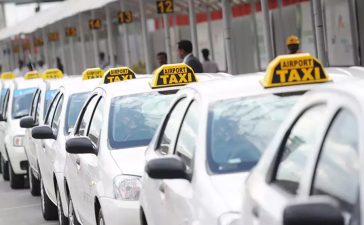Thailand is a Southeast Asian country. Bangkok is considered the capital. About 70 million people will call Thailand home by the year 2022. The majority of Thais, however, make their homes in rural communities rather than major cities like Bangkok. Immigration to Thailand is common from neighbouring countries like Myanmar, Laos, Cambodia, and the Gulf of Thailand. Because of this, there is a wide variety of languages, cultures, and religions represented in Thailand’s population. ‘Thai’ refers to the majority Ethnic groups in Thailand (ชน เผ่า ใน ไทย, which is the term in Thai) and the country itself. Most people speak one of several Thai dialects, but the native Malay language is also widely spoken. Indigenous communities have widely absorbed Thai culture and language.
Ethnicity of Thailand
About 70 distinct people groups call Thailand home. The Thais are the largest at 20 million in population.
In addition to the 15 million Lao people, there are 6 million Khon Muang, 4.5 million Pak Tai, and 1.4 million Khmer Leu. The northern provinces of Thailand are home to several ethnic minorities known as hill tribes (chao kao in Thai). The Hmong and the Karen are the two largest of these groups.
Thai People
The Thai people, formerly known as Siamese, comprise the majority of the population and encompass those from the country’s centre, southern, and northern regions, as well as those from Isaan. In English, however, “Thai” can refer to anyone from Thailand, not just people of Thai ancestry.
Much evidence implies that governmental pressure drove the Thai people to migrate south from the Guangxi province of China. The Chao Phraya valley became home, where they ran into the Khmer Empire. Sukhothai and Ayutthaya were early and powerful kingdoms that helped the ethnic group flourish.
Laotian
Like the Thai, the Lao have their roots in China. They reside in northern Thailand, near the Laotian border, and are genetically linked to the Isan people (the terms Laotian and Isan are frequently used interchangeably). Lao culture has been largely preserved thanks to the isolation from the rest of the country.
Karen
The Karen are the most well-known of Thailand’s hill tribes because of the abundance of Karen villages accessible on day trips from Chiang Mai and Chiang Rai. Most Karen dwell in Myanmar, but there are also around 350,000 living in western Thailand, with the greatest population centring on the province of Chiang Mai.
Conclusion
Thailand’s incredible linguistic and cultural diversity has resulted in a dynamic, ever-evolving culture. The Chinese-descended Thai are the most numerous, followed by the Laotians and the Khon Muang. Despite the government’s best efforts to homogenise Thai society and eliminate linguistic and cultural distinctions, the country’s many distinct ethnic groups coexist peacefully.













